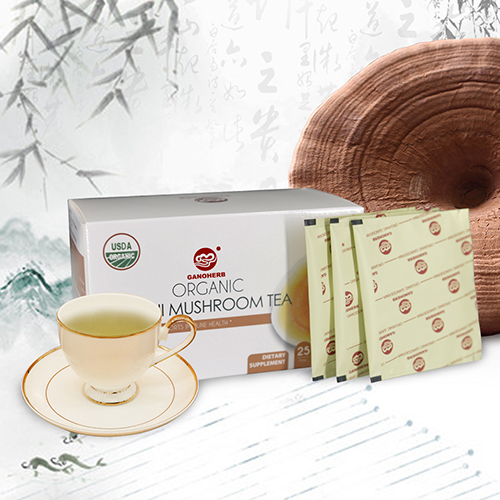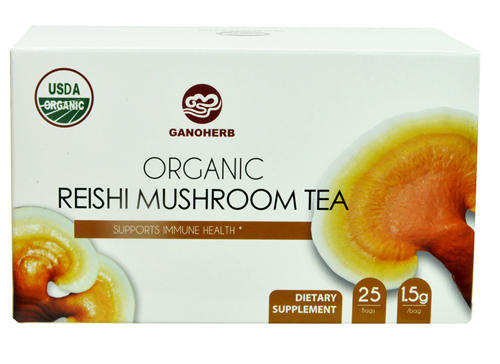Chili pepper disease is the main disease of pepper, and it can be affected during the entire growth and development period. However, after July and August, the pepper is most susceptible to disease after fruiting, and it spreads quickly after the infection. The author reminds pepper growers to seize the opportunity to do a good job in the prevention and control of the chili blight.
When the temperature of the disease conditions is between 25°C and 30°C, and the relative humidity is above 85%, the epidemic is severe. For soils with continuous cropping and soil heavy weight, the disease resistance of capsicum roots is reduced and the disease incidence is heavier due to soil contamination. At present, it enters the rainy season and it turns sunny after rain. High temperature and high humidity contribute to the onset of hot peppers.
Symptoms of the disease Phytophthora capsici disease in the adult stage, leaves, branches, stems and fruit can be affected. The leaves were infected, the lesions were nearly round, dark brown in the middle, and yellow-green on the edges. The branch was infected and showed round brown streaks; the stems were dyed, the vascular bundles were brown, and the plants quickly withered until they died; the fruit onset began at the pedicles and developed a dark green, water-soaked lesion, which later became soft rot. When the humidity is high, a layer of white mold is produced, and after drying, it remains as a stiff fruit on the plant.
Control methods:
Shallow cultivator: For fields with high soil moisture and heavy soil texture, shallow cultivators are used between large rows to reduce soil moisture, increase soil air permeability, and increase resistance to capsicum root systems. Do not damage the pepper branches and leaves when cultivating.
Reasonable irrigation: From July to August, the selection of peppers in the fruiting stage will be continuous with 4 to 5 sunny days. Water should be finely irrigated or irrigated with small water, and flooding should not be allowed. In combination with irrigation, copper sulphate should be applied at a rate of 1 to 1.5 kg per mu. The copper sulfate is evenly spread on the ground (for even application, some sandy soil may be added), and then lightly poured, or copper sulfate is first dissolved in water and poured into the field with water at the outlet.
Spraying and spraying: In the field, it can be sprayed with 64% anti-virus or 25% treprolasin 800 times, or 50% thiazole 1000 times, or 75% mancozeb wettable powder 400 to 500 times. Good effect.
Ganoderma tea (Reishi Mushroom Tea/ Lingzhi Tea) is made of 100% USDA certified organic Ganoderma Lucidum. The Ganoderma Lucidum ingredient used for this product comes from our self-built organic Ganoderma farm located in Mt. Wuyi, Fujian, one of the largest Ganoderma origins in China. The whole cultivation process strictly follows the organic standards without any use of pesticide, herbicide, and chemical fertilizer to ensure its highest quality and efficacy.

This organic Ganoderma Tea is very convenient to carry and make. Each box has 25 individually packaged tea bags. Just open the sachet, put the tea bag in a cup and add hot water, a cup of warm and delicious Ganoderma tea will be ready for you in just 1-2 minutes.

This product has a unique mushroom flavor and a mellow sweet aftertaste. Different from other Herbal Tea on the market, Ganoderma tea has many health benefits, such as enhancing overall immunity, relieving stress, improving sleep quality and reducing allergy. It is gluten free, lactose free, and no additives or preservatives whatsoever, therefore it Is suitable for all people especially for people with low immunity or high stress.
Ganoderma Tea
Ganoderma Tea,Reishi Tea,Reishi Mushroom Tea,Herbal Tea,Ganoderma Lucidum Tea,Lingzhi Tea
Ganoherb International Inc. , http://www.ganoherb.us